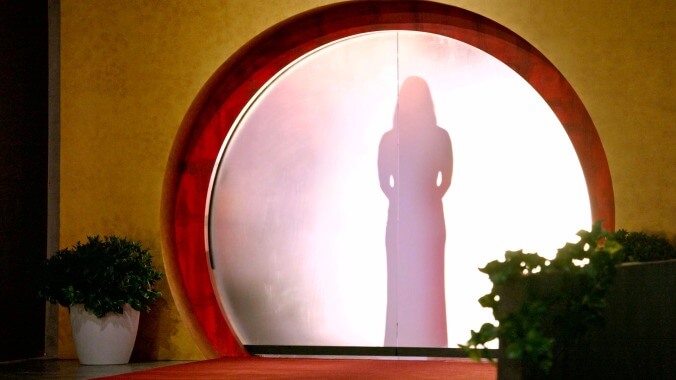Netflix’s Love Is Blind flips the script on the dating app generation


Now that true love is just an app away, an entire generation of Tindr users have grown addicted to the instant gratification/rejection of profile-pic swiping. But now Love Is Blind is hitting the reset button. Equal parts Married At First Sight and The Circle, Netflix’s latest entry into addictive reality series is the perfect bit of Valentine’s Day weekend candy: a reinvention of the dating show, where love is meant to blossom sight unseen.
On Love Is Blind, there are no profile pictures. Instead, the premiere episode follows 30 ridiculously attractive men and women as they embark on a round of speed dates where they never actually see their date. Placed in adjoining rooms, the potential paramours are separated by a thin wall. As a viewer, accepting a romantic connection between these two “characters” when they aren’t looking lovingly into each other’s eyes is a bit jarring at first, just like it was in the similarly anonymous The Circle. But the sparks are palpable, which is essential, because Love Is Blind takes these potential couples way past flirting. After just 10 days of speed dating, willing pairs are only allowed to see each other after getting engaged. They are then whisked off to a Mexican resort vacation to get to know each other face-to-face. Next, they move in together and meet the families before walking down the aisle—38 days after meeting through a wall.
If this all seems a little fast, the participants agree. Their self-awareness is actually key to enjoying these lightning-speed relationships. (Though a few crash and burns along the way offer valuable schadenfreude.) These couples know that their courtship is not normal, yet their feelings seem more real than anything visible in clips from The Bachelor or The Bachelorette. Unable to rely on physical attraction, they first forge bonds based on hours and hours of conversations. Sure there’s shameless flirting (“I like your voice”), but there are far more tears as these strangers spend time getting to know each other, sharing their traumas and their triumphs as their love connections are cemented.
In some moments, this freshman series shows its youth. The phrase “social experiment” is tossed around ad nauseum, hosts Nick and Vanessa Lachey are basically unnecessary, and referring to the gender-separated living quarters as “the facility” and dating rooms as “pods” make the scenario sound far too clinical. But Love Is Blind is also surprisingly mature, prompting honest conversations about how race, age difference, financial issues, and past sexual experiences can factor into relationships. It’s the couples’ willingness to open up—and desire to actually make these engagements successful—that allow the viewer to suspend disbelief and accept that it is indeed possible to propose to someone sight unseen and actually say “I do” a month later.
Netflix just released the first five episodes of Love Is Blind (getting us through the Mexico “engagementmoons”). On February 21, it will release three more episodes. The season concludes the following Friday (February 27) with a 90-minute finale that the previews tease will include at least one happy ending and some runaway brides. I hate myself a little bit for it, but I’d be lying if I said I wasn’t excited to watch it all.